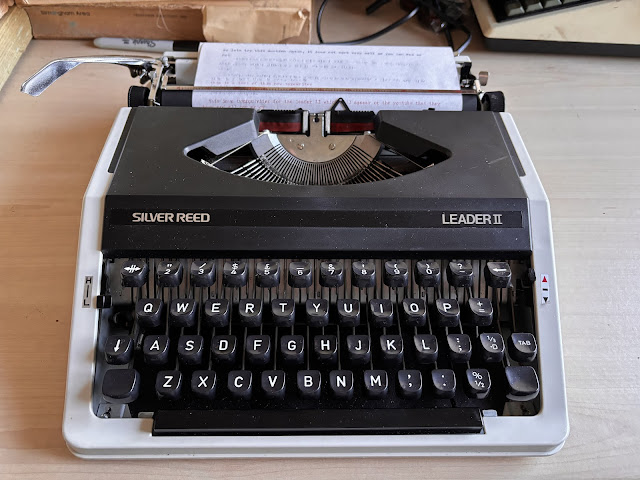Now that i have both General Post Office 706 and 746 telephones in the collection, i thought it would be interesting to look at how these - at first glance identical - telephones differ. The 706 dialphone debuted in 1959 and soon became very popular. The 746 was an updated version of the telephone which arrived in 1967.
The main difference with these telephones is at the back of the case. The 746 has a built in recess which can be used as a carrying handle. Useful if you wish to look cool, walking around while on the telephone. Some 706s did have handles too but these were removeable (and probably losable).
Internally, the telephones were similar though the regulator, which was introduced with the 706 and could reduce the telephone's sensitivity if the telephone was affected by being too close to the telephone exchange (or other electromagnetic interference), was built into the circuitry and could not be removed unlike the 706.
In the photographs, the black telephone on the left is a 706L (the L meaning it had lettering around the dial - see exchange codes for the reason why) and the red on the right is a 746, modified to use the New Plan plug (so officially an 8746).




















































